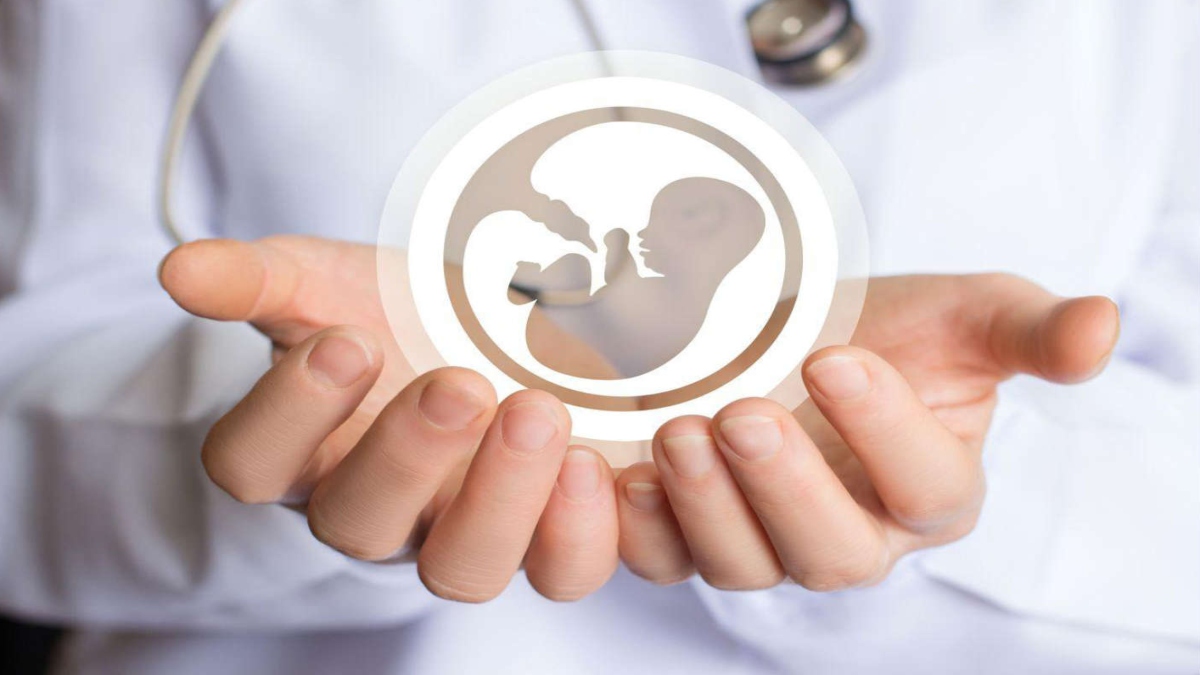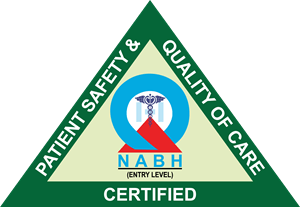high risk pregnancy management
What is a high-risk pregnancy?
Every pregnancy carries some risk. “High-risk” refers to any pregnancy that implies elevated health risks for the expectant mother, the growing fetus, or both. Extra care may be required for the individual carrying the child before, during, and after conception in high-risk pregnancies. This lessens the likelihood of difficulties. If your pregnancy is deemed high-risk, it does not necessarily follow that you or your unborn child will encounter issues. Many people deliver healthy babies, go to work regularly, and have good pregnancies while having significant health needs.

Factors that make a pregnancy high risk include:
- We are an existing medical condition.
- An illness connected to pregnancy.
- Lifestyle elements (counting smoking, illicit drug use, liquor misuse, and openness to specific poisons).
- Age (more significant than 35 or under 17 when pregnant) (more than 35 or under 17 when pregnant).
Individuals who get pregnant, interestingly after age 35, have high-risk pregnancies. The research proposes they’re bound to have entanglements more than more youthful individuals. These may incorporate early pregnancy misfortune and pregnancy-related medical issues like gestational diabetes.
Getting early and intensive pre-birth care is fundamental. It’s the ideal way to distinguish and analyze a high-risk pregnancy. Ensure to educate your medical care supplier concerning your well-being history and previous pregnancies. If you have a high-risk pregnancy, you might require exceptional observing throughout your pregnancy.
- Blood and urine testing To check for hereditary circumstances or certain inborn circumstances (birth absconds).
- Ultrasonography To check for hereditary circumstances or certain inborn circumstances (birth absconds).
- Observing to guarantee the baby is getting sufficient oxygen, for example, a biophysical profile, which screens their breathing, developments, and amniotic liquid utilizing ultrasound, and a non-stress test, which screens their pulse.

